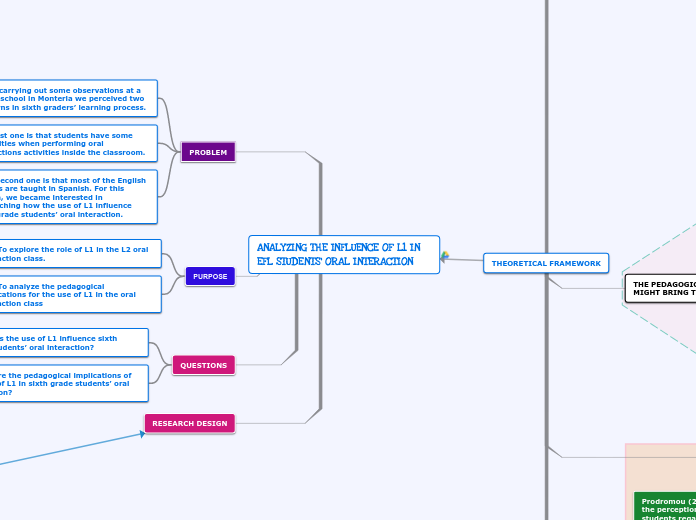jonka luisa quintana 6 vuotta sitten
401
ANALYZING THE INFLUENCE OF L1 IN EFL STUDENTS’ ORAL INTERACTION

jonka luisa quintana 6 vuotta sitten
401

Lisää tämän kaltaisia